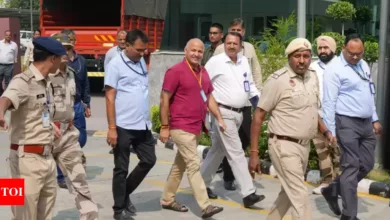AAP
-
Trends

2024 Election Battle: INDIA vs. Modi, BJP, And NDA
2024 Election Battle- Opposition comes together to fight Modi, BJP, and NDA Opposition parties recently decided that their coalition that…
Read More » -
Trends

Economic Management Is Not Same As Headline Management- Loan On India Increases 3 Times Under Modi Rule
Economic management is not same as headline management – Congress asserts “Modinomics” increased loans on India The Congress said on…
Read More » -
Trends

AAP Is Alleged By ED In Scamming Money To Fund The Goa Poll Campaign.
The ED has accused the Aam Aadmi Party (AAP) of using some of the alleged 100 crore bribes from the…
Read More » -
Trends

Congress leader Moosewala was shot and killed in Punjab days after his security was cut.
Shubhdeep Singh Sidhu Moosewala, a famous Punjabi singer and Congress leader, was shot and killed near Mansa. This happened days…
Read More » -
Trends

Election 2022: Why Punjab Stood Behind Bhagwant Mann
Bhagwant Mann and Punjab: Why they stood together Punjab’s assembly election results represent a catharsis it has been desperately longing…
Read More »





